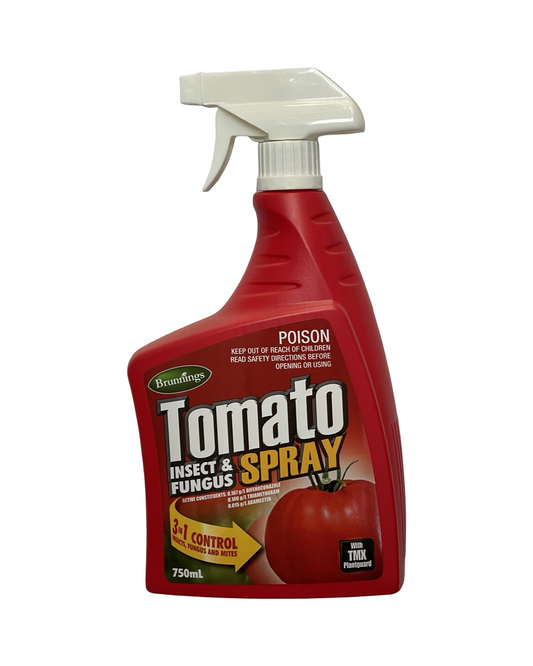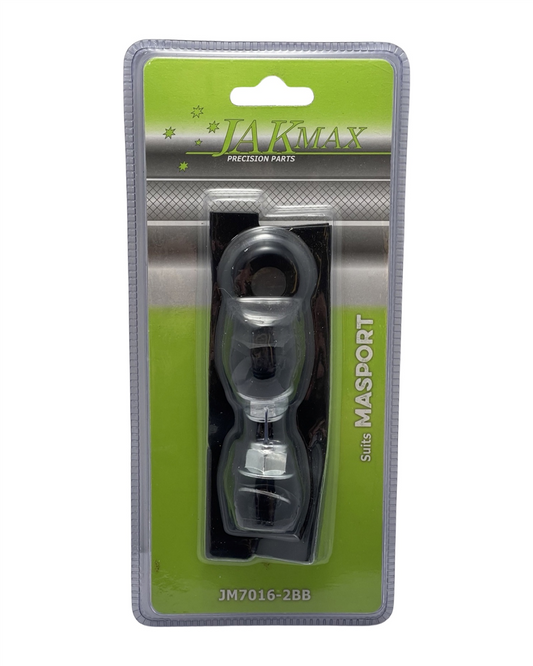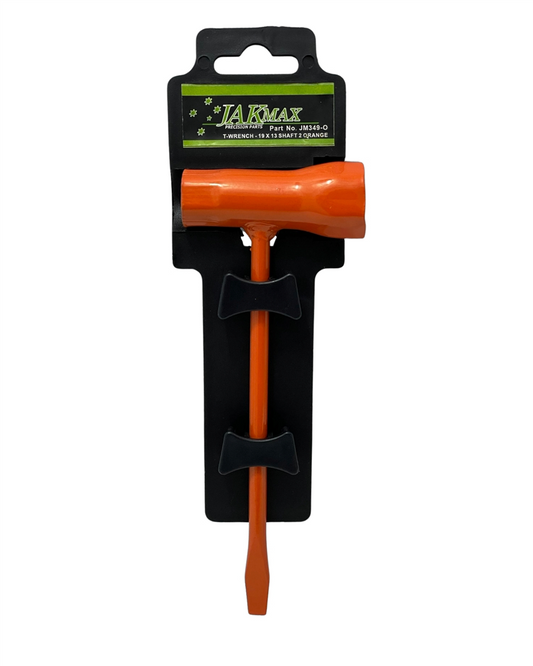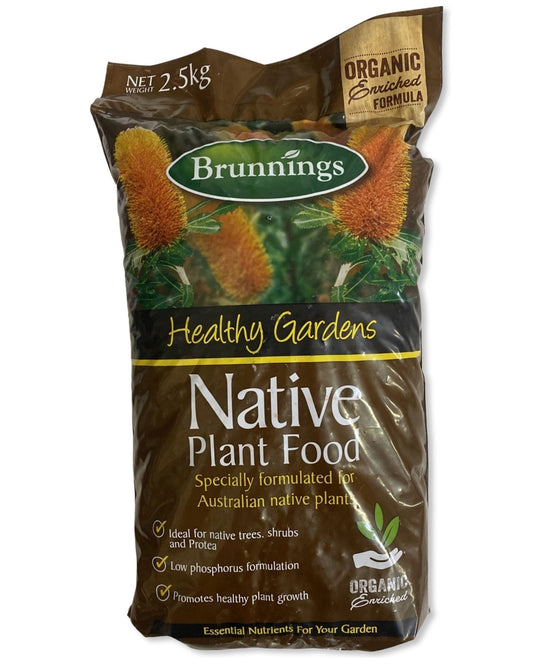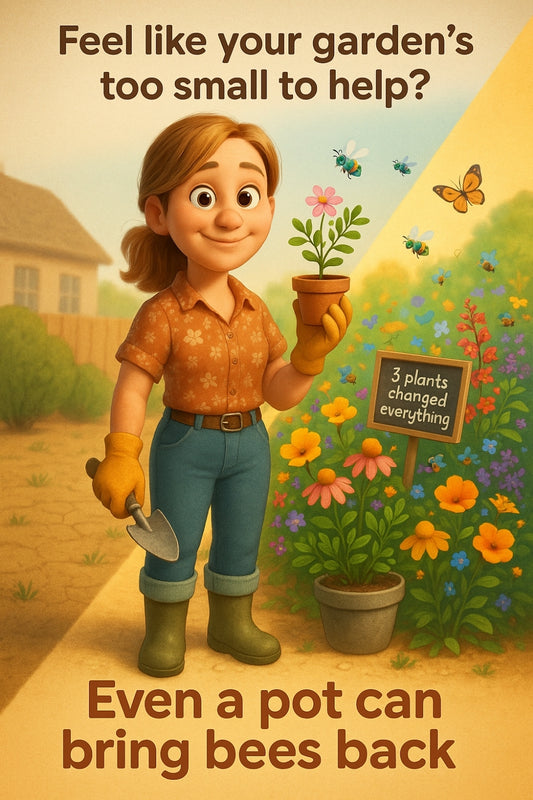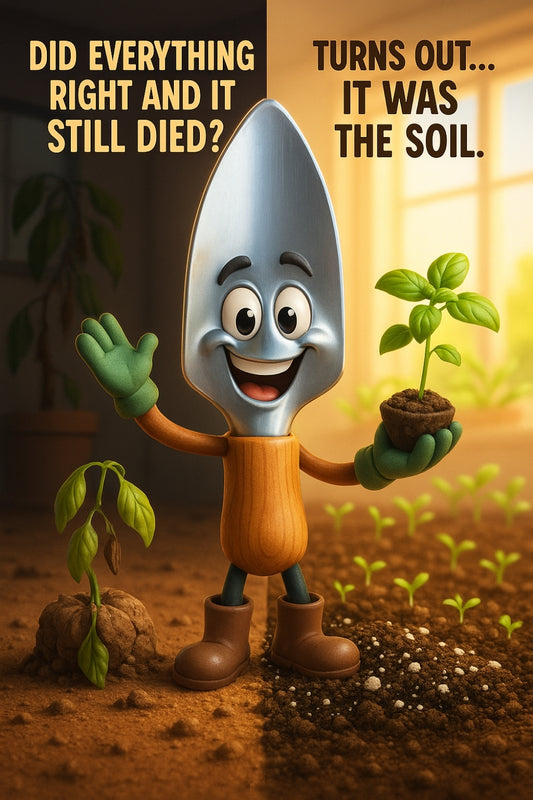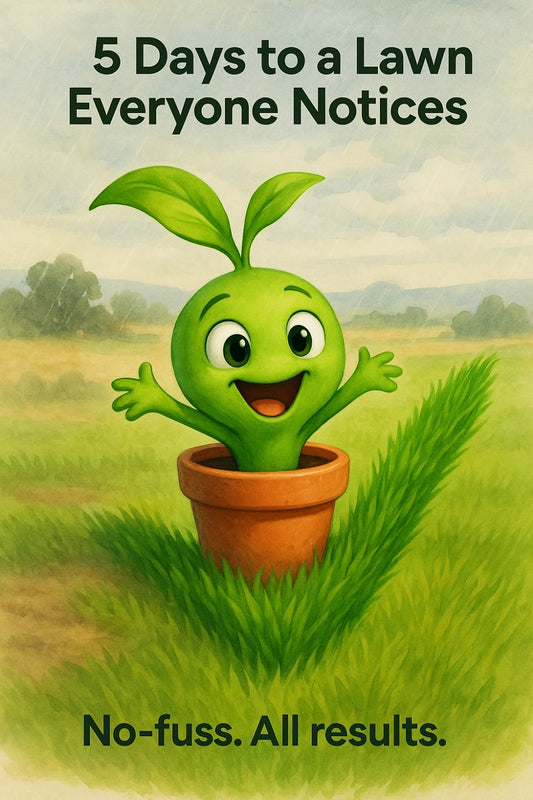How I revitalised my garden by improving drainage
Share
How Better Drainage Gave My Garden a New Lease on Life
My garden used to be a soggy mess after every downpour. Puddles sat in odd corners, drowning my poor plants and turning my lawn into a swampy disaster. If you've ever squelched across your backyard, wondering if you should invest in gumboots just to fetch the mail, you’ll know exactly what I mean. I had to do something—so I got to work improving my drainage. And let me tell you, the results have been nothing short of spectacular!
Why Drainage Matters More Than You Think
Good drainage isn’t just about avoiding muddy shoes. Poor drainage can lead to stunted plants, root rot, nutrient loss, and even damage to paving and foundations. When water lingers where it shouldn't, it chokes plants, encourages pests, and makes outdoor spaces unusable. I learned this the hard way when my once-thriving veggie patch turned into a mushy disappointment.
The Signs of a Drainage Nightmare
Before I tackled the problem, I had to figure out exactly where things were going wrong. If any of these sound familiar, your garden might need some drainage help:
- Puddles that stick around long after it’s stopped raining.
- Yellowing or wilting plants in random spots.
- Sludge-like soil that feels like quicksand.
- Moss or algae creeping into unwanted places.
- A lawn that squelches underfoot.
Once I pinpointed the trouble areas, I rolled up my sleeves and got to work.
The Simple Fixes That Made a Big Difference
Fixing drainage doesn’t have to mean ripping up your entire yard. I started small and worked my way up—here's what I did:
1. Aerating the Soil
Compacted soil was a major issue in my garden. Water couldn’t seep through properly, so it pooled on the surface. The fix? A garden fork and a bit of patience. I went over the worst areas, creating little holes to let air and water flow better. The difference was noticeable almost instantly.
2. Adding Organic Matter
Heavy clay soil can be a drainage nightmare. I mixed in compost and coarse sand to loosen things up. This helped the water move through the soil instead of sitting on top like an unwanted guest.
3. Creating a French Drain
For the worst spots where water stubbornly refused to budge, I installed a simple French drain. A trench filled with gravel and a perforated pipe did wonders in directing excess water away from my garden beds.
4. Using Raised Beds for My Veggies
My pride and joy—my veggie patch—needed a drastic solution. I built raised garden beds, filling them with well-draining soil. This stopped my tomatoes from turning into mush and finally gave my carrots a fighting chance.
5. Choosing the Right Plants
Some areas stayed damp no matter what I did. Instead of fighting nature, I embraced it by planting water-loving species like ferns and native grasses in those spots. Less work, more greenery—win-win!
The Results? A Thriving, Happier Garden
Once I got my drainage under control, my garden flourished. My lawn felt firmer underfoot, my plants stopped looking sorry for themselves, and I no longer cringed every time the weather forecast predicted rain. Best of all, I could enjoy my outdoor space without worrying about sinking knee-deep into mud.
Thinking of Fixing Your Own Drainage Woes?
If your garden is battling the same soggy struggles, don't wait until your plants throw in the towel. Start small, experiment, and find what works for your space. Need the right tools and products to get started? Pop into Strathalbyn H Hardware’s Garden Centre. The team there loves helping beginner gardeners turn their outdoor spaces into thriving sanctuaries—without all the guesswork.
Happy gardening!
— Candeece
 Stay Connected
Stay Connected
Join our gardening community on Facebook the Urban Gardener's Notebook
And follow our Store Facebook Page: Strathalbyn H Hardware on Facebook

